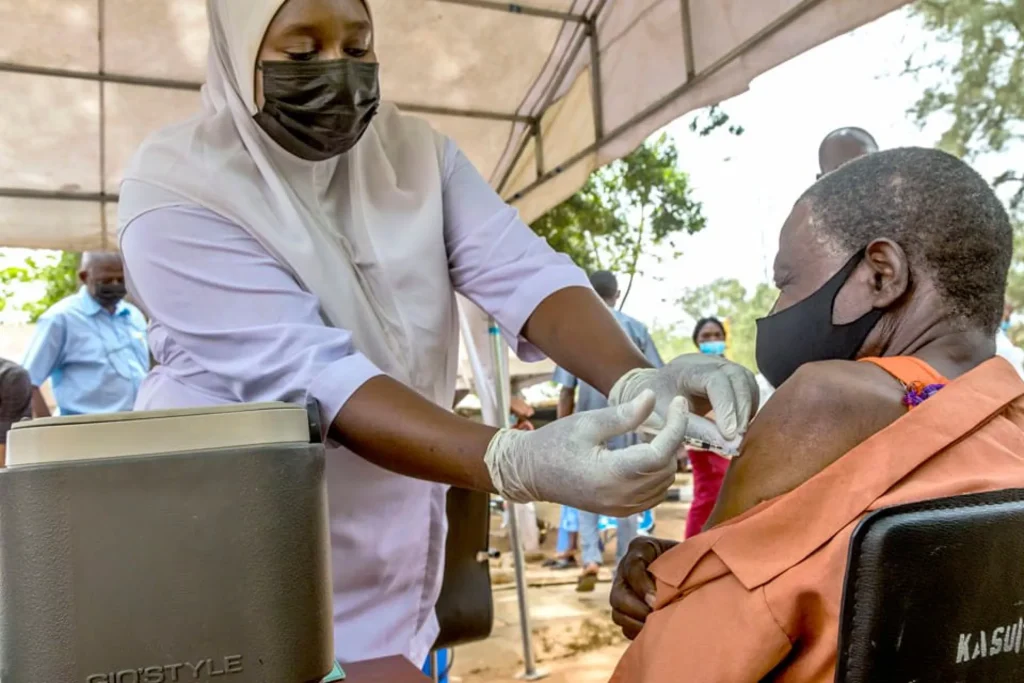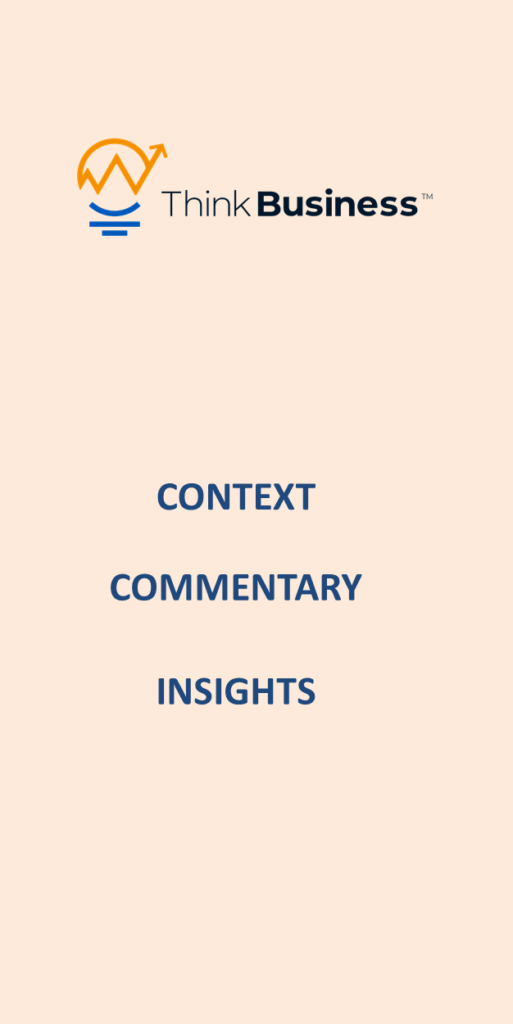When U.S. President Donald Trump announced a 90-day freeze on most U.S. foreign aid in January 2025, the reaction from aid organizations was swift and urgent. Reports detailed how clinics were shutting down, HIV treatment programs were being disrupted, and life-saving services were at risk in countries such as Nigeria, Kenya, Uganda, and Tanzania.
The immediate fallout raises an important question: if the halt is temporary, why was there no buffer to sustain these critical programs for even a few weeks? The situation exposes potential vulnerabilities in the global aid system—ones that go beyond the politics of U.S. foreign policy.
U.S. foreign aid, including programs like the President’s Emergency Plan for AIDS Relief (PEPFAR), operates on scheduled disbursements. Funds are not sent out in lump sums but are distributed periodically, often monthly or quarterly. This rolling budget model means that any disruption in the pipeline can have immediate consequences, especially for organizations that rely on U.S. aid as their primary funding source.
Additionally, U.S. government aid often requires compliance with bureaucratic processes that can delay fund access. Even when budgets are approved, it can take weeks or months for organizations to receive the funds, order supplies, and implement programs.

While the sudden shortfall is alarming, it raises deeper concerns about financial planning and dependency on U.S. aid. Consider these possibilities:
1. Over-Reliance on One Source: Many of the affected organizations receive the bulk of their funding from the U.S. government, making them vulnerable to policy shifts. While private donors and other international agencies contribute, their support may not be sufficient to sustain large-scale operations when U.S. aid is frozen.

2. Lack of Financial Reserves: Ideally, aid programs should have contingency funds to cover short-term disruptions. The fact that services are collapsing within days suggests that many organizations may not have adequate reserves or alternative funding mechanisms.
3. Supply Chain Vulnerabilities: Even if funds were available, bureaucratic and logistical hurdles in procurement and distribution could mean that stockpiles of medicine, food, and essential supplies were already running low before the funding freeze.
4. Strategic Messaging: There is also the possibility that organizations are emphasizing the immediate impact to pressure lawmakers into reversing the funding halt. While the crisis is real, the severity of the messaging could be a way to accelerate policy responses.
The current crisis highlights a recurring problem: many international aid programs function on short-term funding cycles without long-term sustainability plans. The dependency on a single major donor—particularly one as politically unpredictable as the United States—creates instability.
The U.S. has a long history of leveraging aid as a political tool, and Trump’s latest move is a reminder that foreign assistance can be revoked at any time. This raises critical questions:

• Should recipient countries and aid organizations work toward more diversified funding sources?
• Are there better ways to structure international aid to prevent sudden collapses?
• Should there be international mandates requiring organizations to maintain reserves for emergency situations?

What Happens Next?
While the funding halt is set to last 90 days, the damage may extend beyond that period. Interruptions in HIV treatment, for example, could lead to an increase in drug resistance and higher transmission rates. Clinics that shut down due to lack of funds may struggle to reopen.

The long-term lesson from this crisis is clear: financial sustainability in global aid needs to be prioritized. A single executive order should not be able to dismantle life-saving programs overnight. Whether this leads to reforms in aid management remains to be seen.
For now, the world watches as humanitarian organizations scramble to fill the gaps—and as millions of lives hang in the balance.












